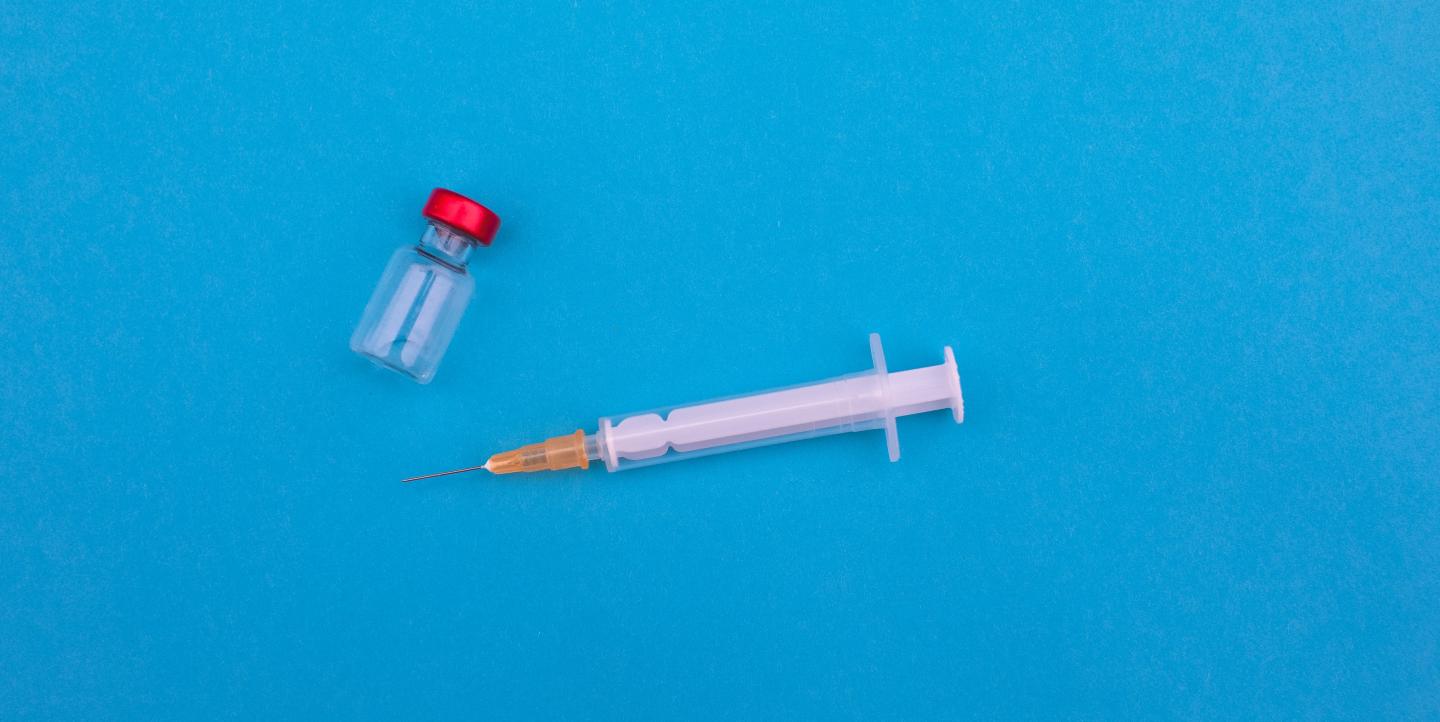As the world awaits an effective coronavirus vaccine, reporters covering the story face a daunting task: separating fact from fiction. Or, as veteran health care journalist Gary Schwitzer describes it, navigating the “perfect storm of pandemic misinformation.”
“The media have to report that at this point there are undoubtedly far more questions than answers about any of the vaccine candidates,” said Schwitzer, publisher of HeathNewsReview.org, a site that evaluates health journalism. He added: “Please do not report with certainty where certainty simply does not exist.”
Schwitzer says it makes his skin crawl when he sees news stories that quote drug companies saying, “We didn’t see any serious side effects.”
“That should be a red flag for two reasons,” he said. “(A) We have not actually seen the data from those trials and (B) serious in the eyes of whom? Side effects that might be nothing to one person might be devastating to someone with different health issues.”
For example, on Dec. 9, the Wall Street Journal reported that two of the first people vaccinated in the U.K. with the Pfizer vaccine had an allergic reaction, sparking new guidelines and warnings.
Journalists need to get past self-serving press releases and hype from drug companies and politicians, approaching the vaccine with a dose of skepticism. At the same time, they need to also avoid stirring panic, while conspiracy theorists circulate rumors that vaccinations for the coronavirus are a plot to insert microchips in humans.
“We are facing such overwhelming questions about trust and vaccines,” said Schwitzer. “The distinction between what we do know and what we do not yet understand should be explained more often and more clearly in our coverage.” He recommends journalists cultivate relationships with experts, including a biostatistician, epidemiologist, generalist physician and independent virologist.
[Read more: Guidelines for determining when a medical study is newsworthy — and true]
“If you have these four on your contact list today, you will be so much smarter, so will your stories and so will your audience almost overnight. These experts will roll over backwards to help if it means better journalism and better public education,” he said.
Schwitzer would like to see greater media attention around the following questions:
- What does it mean when a report says a vaccine has 95% efficacy?
- What is the difference between efficacy and effectiveness?
- How long does immunity from any of the vaccines being tested last? When are follow-up doses required?
- Studies on different vaccine trials have different ways of measuring success. How do we judge which are most credible?
- How will vaccine results in the real world compare with trial results? Could they noticeably differ and why?
To clarify information in your reporting, Schwitzer suggests using a sidebar or an infobox, along with labels like “Here’s what’s we don’t know” or “Here are issues we’re less clear about.” He referred to a ProPublica article, “How to Understand COVID-19 Numbers,” which demonstrates how graphics can add context and help readers navigate figures on the pandemic.
[Read more: Key quotes: Countering misinformation about COVID-19 vaccines]
Journalists often have taken the lead in debunking myths and demystifying the virus. In mid-November, New York Times (NYT) reporter Carl Zimmer explored the complexities of vaccine efficacy, told readers what they needed to know about the effectiveness of vaccines and reported on what is unknown about the virus and vaccines.
“A 95% efficacy is certainly compelling evidence that a vaccine works well. But that number doesn’t tell you what your chances are of becoming sick if you get vaccinated. And on its own, it also doesn’t say how well the vaccine will bring down COVID-19 across the United States,” Zimmer wrote.
The story clarified that efficacy and effectiveness are related to each other, but are not the same thing. Efficacy is a measurement made during a clinical trial. Effectiveness is how well the vaccine works in the real world, explained Zimmer, who is also a scientific author.
What is missing from a press release can be noteworthy. For example, when Eli Lilly claimed in September that a single infusion of an experimental drug reduced levels of the coronavirus in newly infected patients, the NYT’s Gina Kolata reported on what the company left out.
“The announcement was not accompanied by detailed data; independent scientists have not yet reviewed the results, nor have they been published in a peer-reviewed journal. The findings are the interim results of an ongoing trial,” wrote Kolata, who covers science and medicine for The Times.
Health journalist Helen Branswell’s Dec. 2 story for STAT about the biggest vaccination effort in world history was based on interviews with more than two dozen public health experts, epidemiologists, state officials and bioethicists.
“The situation that is about to unfold is absolutely unprecedented,” she wrote. “There has never been a time when multiple brand-new vaccines, made with different approaches, some never used before, have hit markets around the globe in a relatively short period of time.” Her words pinpoint a reality: the challenges for journalists covering COVID-19 have never been greater.
Resources that can help:
- The Association of Health Care Journalists holds webinars and posts articles on covering the pandemic, including how journalists can respond to COVID-19 deniers
- Johns Hopkins University offers a free online course titled, “Understanding the COVID-19 Pandemic,” with short videos that include vaccine development.
- Journalist’s Resource provides a tip sheet on how to assess newsworthiness of medical research and addresses questions on safety, approval, distribution and adoption of COVID-19 vaccines.
- The International Fact Checking Network posted an article that advises news organizations to collaborate with misinformation researchers to identify the biggest information deficits on the pandemic and coordinate on ways to address them.
Sherry Ricchiardi Ph.D. is the co-author of ICFJ's Disaster and Crisis Coverage guide and international media trainer who has worked with journalists around the world on conflict reporting, trauma and safety issues.
Main image CC-licensed by Unsplash via Markus Spiske.


